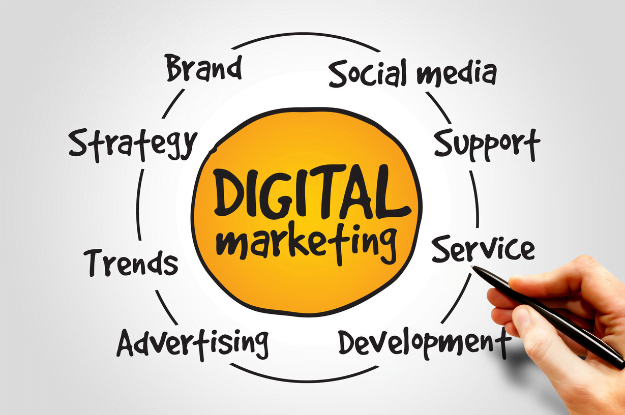In today’s dynamic digital landscape, companies constantly seek ways to innovate and adapt to the ever-changing business environment. One such solution is the concept of composable architecture. But what is DXC, and how does it fit into this framework? In this article, you will dive into the key elements of composable architecture, specifically focusing on DXC Technology’s approach to it.
1. Understanding Composable Architecture
Composable architecture is a modern IT infrastructure design that allows businesses to assemble, disassemble, and reassemble components quickly and easily to meet changing business needs. This flexible approach enables companies to optimize resource utilization, increase agility, and streamline processes. Unlike traditional rigid infrastructures, composable architecture is built with the future in mind, ensuring businesses can quickly adapt to new technologies and market trends.
2. DXC’s Role in Composable Architecture
DXC Technology is a leading global provider of IT services and solutions, and they have embraced composable architecture as a key aspect of their offerings. DXC aims to help businesses achieve greater agility, flexibility, and efficiency by integrating composable architecture into their products and services. This approach enables clients to capitalize on new market opportunities, stay ahead of the competition, and accelerate innovation.
3. Modularity: A Core Principle of DXC’s Approach
A crucial aspect of composable architecture is modularity. DXC’s approach to composable architecture emphasizes using modular components that can be quickly assembled and disassembled to meet changing business requirements. These components can include hardware, software, and services designed to work seamlessly together.
By adopting a modular approach, DXC allows businesses to easily add, remove, or modify components within their IT infrastructure as needed. This flexibility level helps organizations quickly respond to changing market conditions, reduce operational costs, and scale resources according to demand. Find out HubSpot website development services
4. Integrating Automation and AI in DXC’s Architecture
Automation and artificial intelligence (AI) are crucial in the DXC architecture approach. DXC helps businesses streamline processes, eliminate manual tasks, and enhance decision-making capabilities by incorporating these advanced technologies. As Uniform puts it, “Prebuilt integrations remove the need to make and maintain the custom “glue code,”
Through automation and AI, DXC architecture can automatically adjust resource allocation, monitor system performance, and detect potential issues before they escalate. This proactive approach increases efficiency and reduces the risk of downtime and system failures.
5. The Role of APIs in DXC’s Architecture
Application Programming Interfaces (APIs) are essential for enabling the seamless integration of components within a composable architecture. DXC leverages APIs to ensure that all elements of their composable architecture can easily communicate with one another, regardless of the underlying technology.
APIs allow businesses to quickly connect and integrate various components within their IT infrastructure, streamlining processes and reducing the time it takes to implement changes. By utilizing APIs, DXC architecture empowers organizations to rapidly adapt to new technologies and market trends, giving them a competitive edge.
DXC architecture is a game-changer for businesses looking to stay agile and competitive in today’s fast-paced digital world. By focusing on modularity, automation, AI, and APIs, DXC enables organizations to adapt their IT infrastructures to meet ever-changing business needs easily. By embracing composable architecture, companies can optimize resource utilization, streamline processes, and foster innovation at an accelerated pace.




